Learn how to correctly identify the age of deer using a range of indicators such as body shape and antler formation, with Mike Allison from Jelen Deer Services
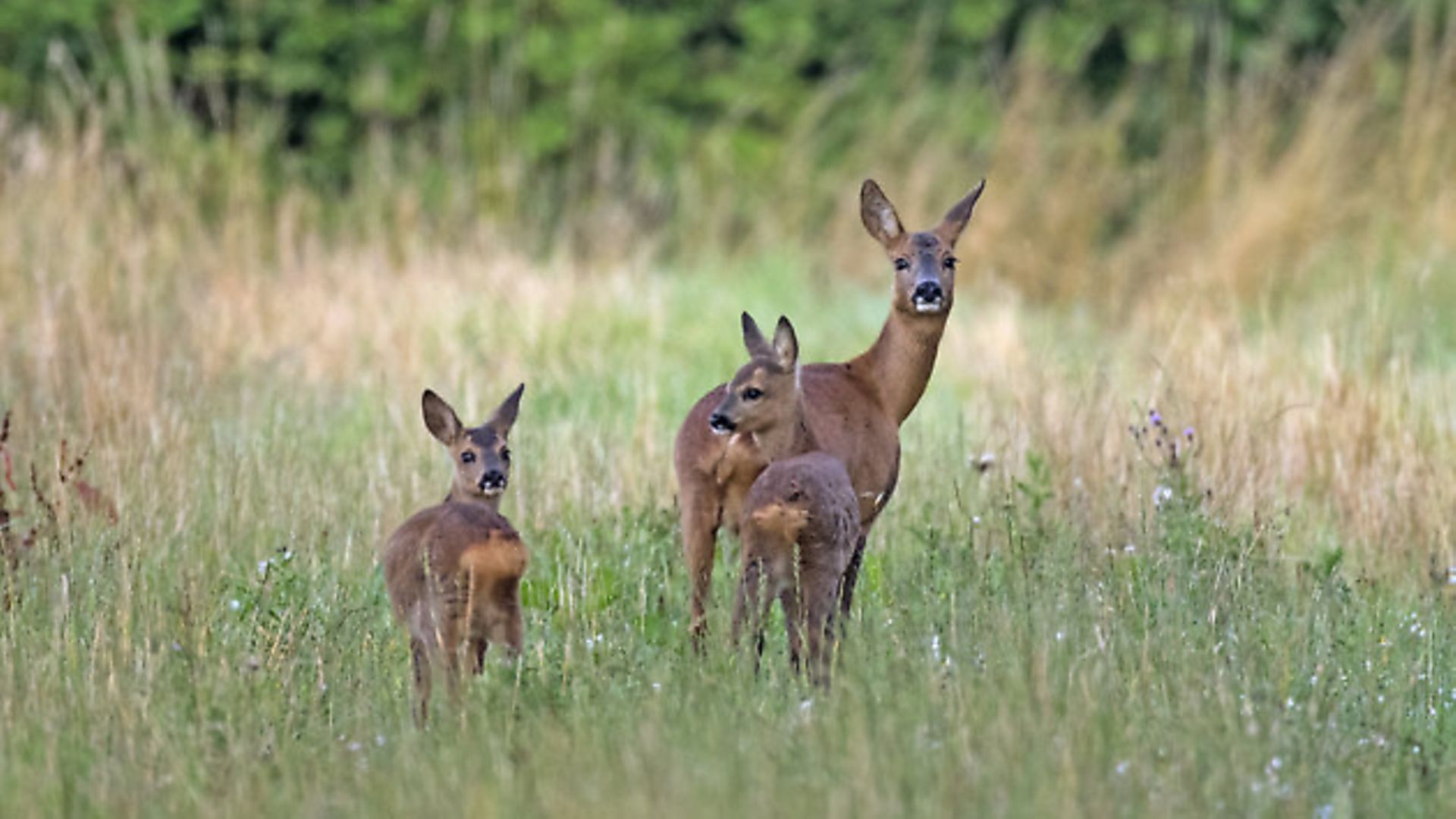 credit: Archant
credit: Archant
Part of the selective culling process is being able to efficiently age deer, and unless the stalker learns and becomes familiar with what to look for, then ageing will always be something of a mystery – inevitably leading to many quality young animals being killed. There are some relatively straightforward methods of determining a deer’s age, and the characteristics we look for are not that different to those we consider when ageing humans. Imagine you are watching a 20-year-old person and a 55-year-old person walking away from you. I would wager that you’d be able to tell which was the older, and which was the younger. If you could see their faces, then I’d expect that you would be able to age each person within five years of their actual age – almost certainly within 10.
Why is that? It’s because you are familiar with people as a species, and therefore you have come to know what characteristics indicate age or youth.
However, many people struggle with accurate ageing of deer. It need not be a struggle at all. The key lies in being able to recognise the key characteristics that indicate age and youth. There is no reason why deer stalkers cannot learn this. In fact, it is a vital skill required to be able to effect sound, selective deer management. This article looks at ways in which you can acquire skills to be able to accurately age deer on the hoof (to within one or two years).
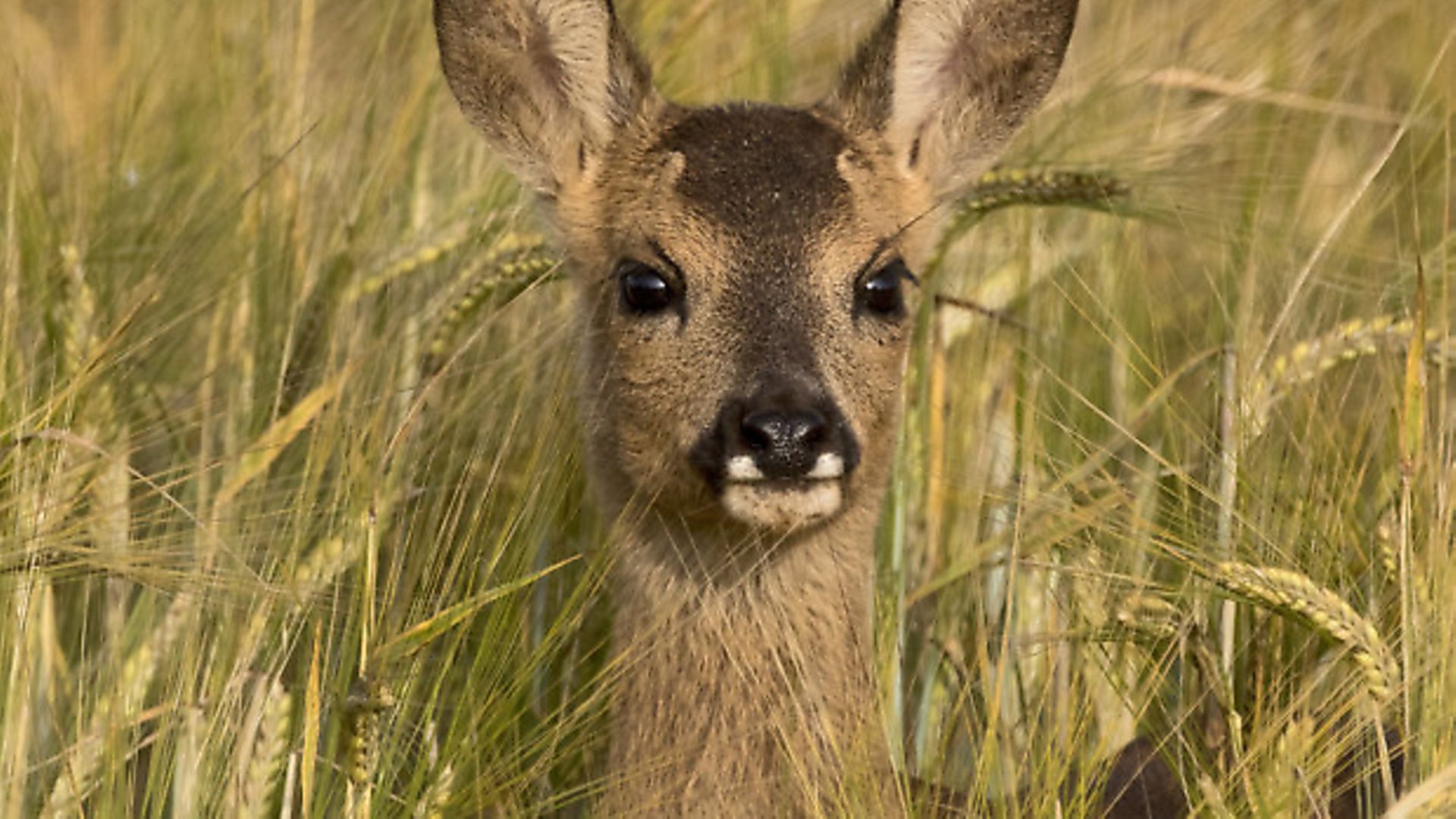 credit: Archant
credit: Archant
hIERARCHY
In many herding species, there is a clear hierarchical system that exists within their group. In many cases, the hierarchical status of animals in the group can be established simply by watching the behaviour of each individual animal, and especially how other animals in the group react to the presence of particular animals. In red deer, fallow and sika – as well as many exotic species – there exists a clear order of dominance. In humans, a similar system exists in many walks of life, and can be witnessed in many scenarios from company management teams, to prisons through to nightclub behaviour.
The hierarchical system in deer is mainly determined by:
* Age – ?Generally older deer will assert dominance over younger animals, until they become too old.
* Size – As a rule, the larger animals in a group will be dominant over smaller ones.
* Mental ability – Some animals will be naturally bolder, cleverer or even demonstrate more aggression than others. Such animals tend to be more dominant in a group.
Hierarchical status is never more apparent than during feeding, and mating. The system is easily seen in deer parks where there is opportunity to study captive deer, although it can also be observed in the wild, provided the observer knows what signs to look out for. Observing stags during feeding, you will notice that certain animals move through the herd, and as they do the subdominant animals will move out of the way. Occasionally, you will notice the dominant animal use ‘threat tactics’ to reinforce dominance. This is generally in the form of the dominant animal challenging another by lowering his head to give the impression of an imminent charge. Often this display of pseudo-aggression is sufficient to make things clear to other animals, however occasionally their dominance is challenged by a younger beast, and physical contact from an antler clash or a full-on fight can occur. This sometimes results in the younger – often stronger – animal displacing the aggressor. From that moment, herd dynamics begin to change until the pecking order has been re-established.
This order of dominance can also be seen in females, again especially during feeding. Occasionally the female will use physical force, often by biting or striking with her front feet.
In most, but not all cases, the order of dominance in the herd is directly related to age. The older generally being more dominant, and the younger animals being subdominant.
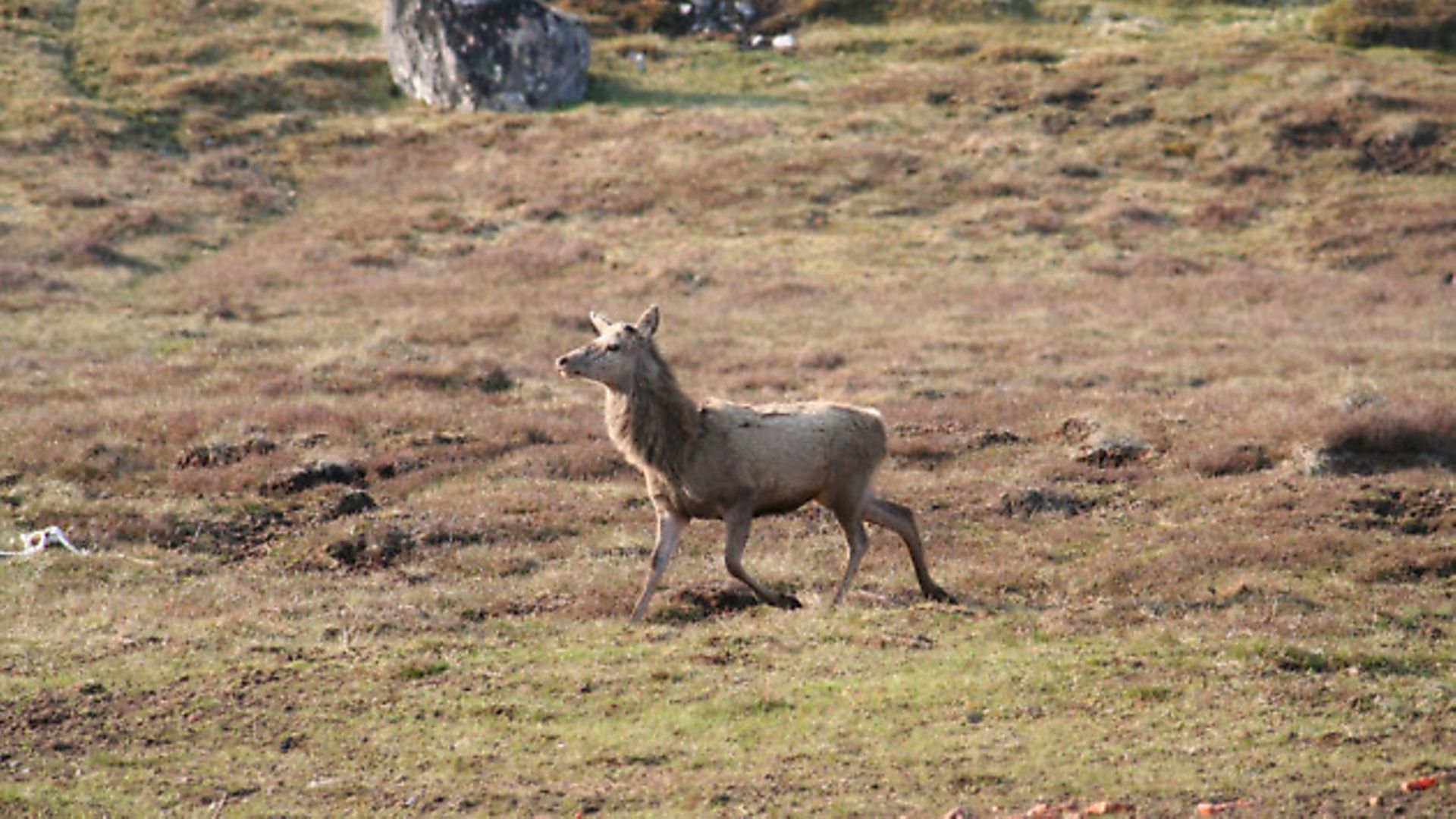 credit: Archant
credit: Archant
Body shape
* Back – In general, the shape of the back in a young animal will be relatively flat. As the animal ages, there is a progressive sagging in the back where years of supporting the weight of their abdomen and its contents gradually distorts the staple of the spine causing the sagging appearance. Of course there is always the occasion where the genetic make-up of the animal may determine its shape to an extent, so you should bear this in mind when ageing. For this reason it is important that you always look at as many features as possible before making a definitive decision on the age of the animal.
* Belly – Generally the older an animal gets, the more the belly sags. This can be used as an aid to on-the-hoof ageing, although this must not be confused with an animal that is in the latter stages of pregnancy – another reason why you need to look at several features rather than just relying on one. It must also be remembered that some types of illness, such as build up of abdominal fluid caused through some heart disorders, bloat, or ruptures in the abdominal wall (hernias), will also cause the abdomen to appear distended.
* Backside – As with humans, the rump generally gets bigger and rounder with age, and so this can also be used to assist in determining the general age of a deer. In the younger animal, the rump tends to be more angular in its features. However, in a really old – or ill – animal, the rump can appear angular simply through loss of condition, so once again, this feature should only be used in conjunction with all other signs.
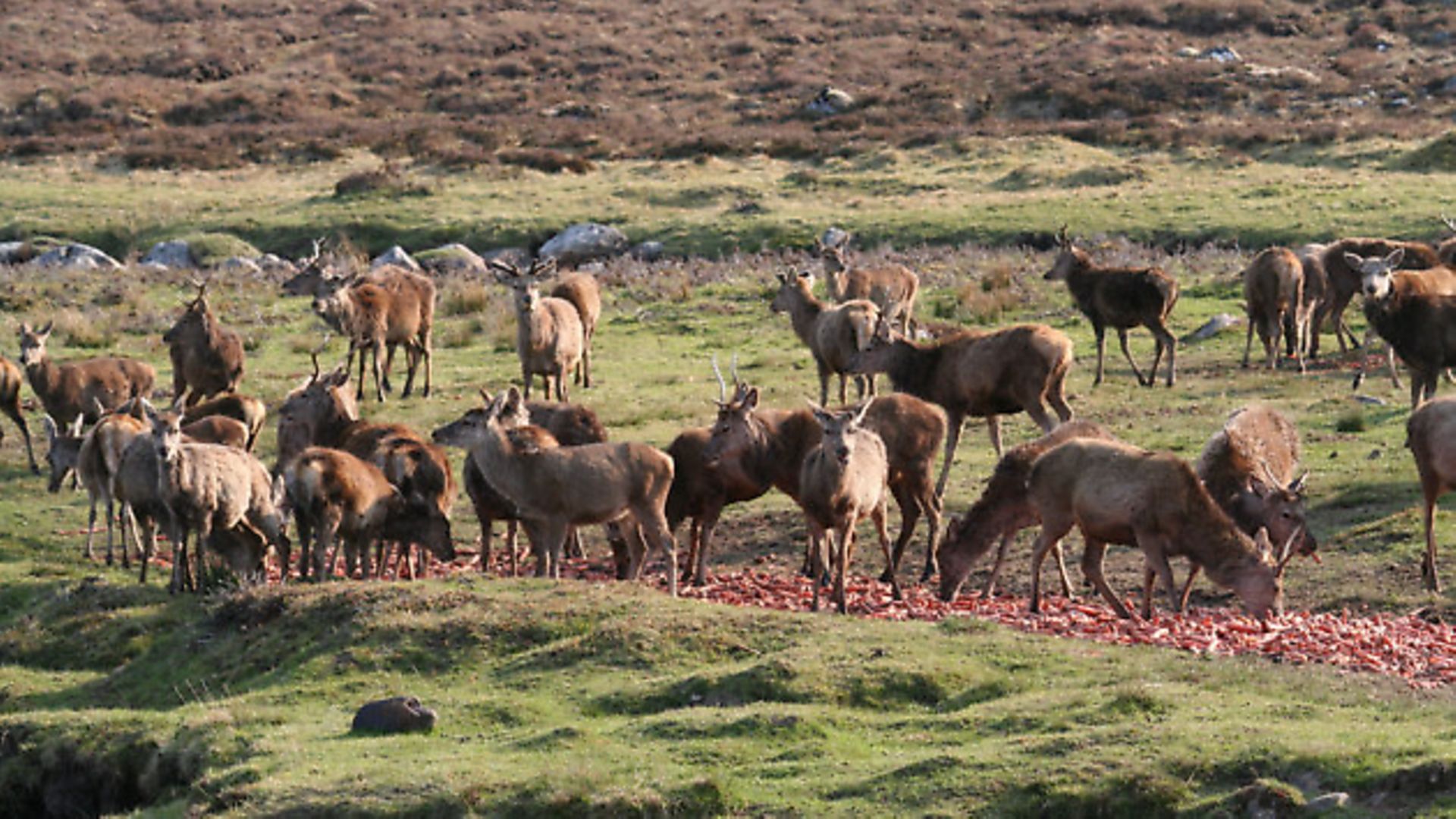 credit: Archant
credit: Archant
Antler development
While antlers can be used as a means of determining age, the antlers of deer can be misleading as their growth depends on several factors, including weather, feed nutrition and also genetics. Any form of metabolic stress can result in reduced antler quality, shape or size, and physical damage to the growing tissue can cause abnormal growth patterns. However, there are some characteristics that can be used to assist in age assessment. These are:
* Shape – Apart from telling the difference between a first and second head, antler shape has relatively little relation to age, other than those features mentioned below in Profiles.
* Weight – In general terms, antler weight (thickness of beams), especially at the coronet and lower beams, will usually increase with age, although as stated above, environmental influences and feed quality can affect antler development for that year.
* Size and number of points – This can have very little value as a means of ageing live deer. For example, a 10-year-old Scottish hill stag may have only short, eight point antlers, whereas park-bred reds can produce extraordinary antler development relative to feeding and genetics. The world record red deer spiker (born on a New Zealand deer farm) had a head of 41 points as a result of genetic superiority and excellent feeding.
* Profiles – The side profile of antlers can provide a better indication of age. As a deer ages, the top points can be as long as the brow, bez and trez points. This gives a side profile resembling a rectangular shape. This generally changes as the animal gets older, and as it does there will eventually be a deterioration in development towards the top of the antlers, but the coronets and lower beams will remain relatively thick and heavy. This ultimately leads to a more triangular side profile. When a male deer becomes past his prime (termed as ‘going back’) this triangular profile becomes progressively more apparent year by year.
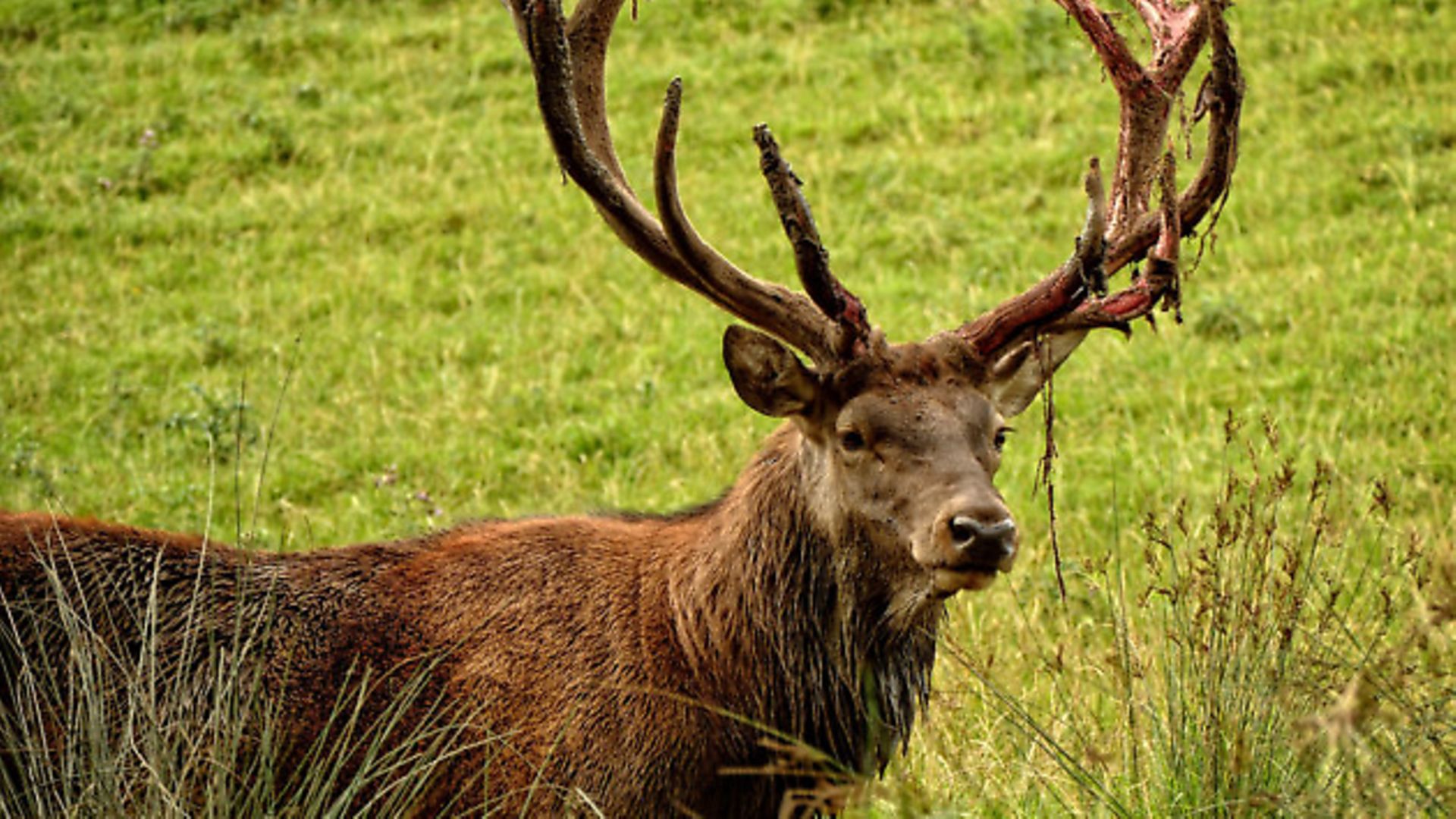 credit: Archant
credit: Archant
Looks
As with humans, the facial features will change as the deer becomes older. In a young deer there will generally be a more youthful look to its face. The eyes will be bright, generally with relatively longer eyelashes, and the bone structure will appear lighter and sharper. As the animal ages, these features fade to a point where the animal appears less bright in the eye, and the face takes on a more haggard appearance. The length of the nasal bones generally appear to be quite short and stubby, and the side profile of the head could quite easily fit into a relatively square shape.
As the deer ages, its nose can appear longer, fitting into a more rectangular profile. However, be cautious about relying solely on this as a means of ageing as genetics can play a big part in this. For example, the Eastern European strain of red deer are characterised by having much longer nasal bones than their Western European counterparts.
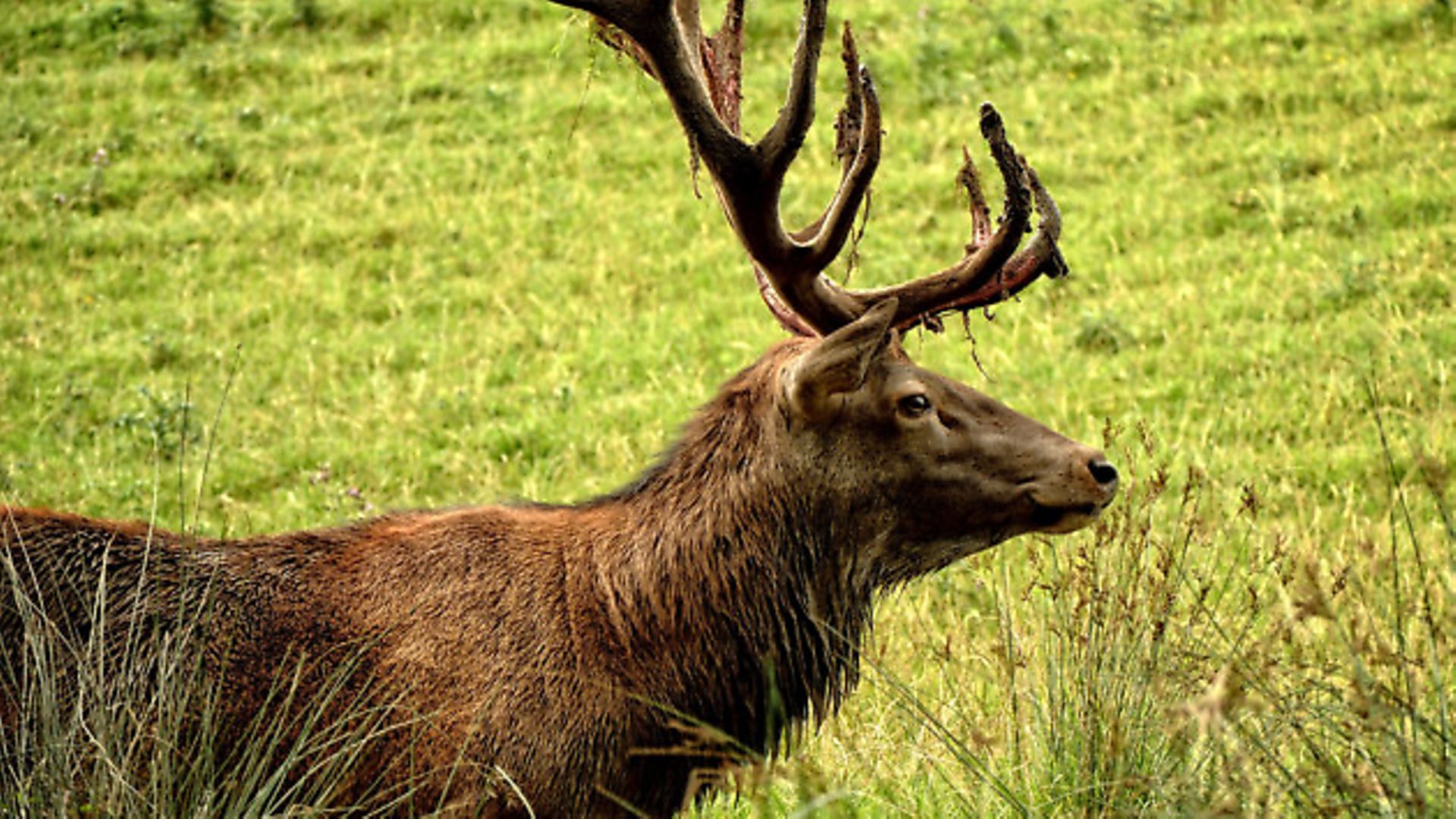 credit: Archant
credit: Archant
Summary
Because on-the-hoof ageing of wild deer can be an in-exact science, then it is advised that you simply break down the ages into the following categories:
* Immature (calves, fawns, kids)
* Young (yearling to 3 year old)
* Middle-aged (4 to 6 year old)
* Old (7 years and over)
It must be remembered that attempting to age deer on the hoof by using only one indicator is likely to mislead the observer, and lead to mistakes being made. It is important to take all the above indicators into account before deciding on the age of the animal.
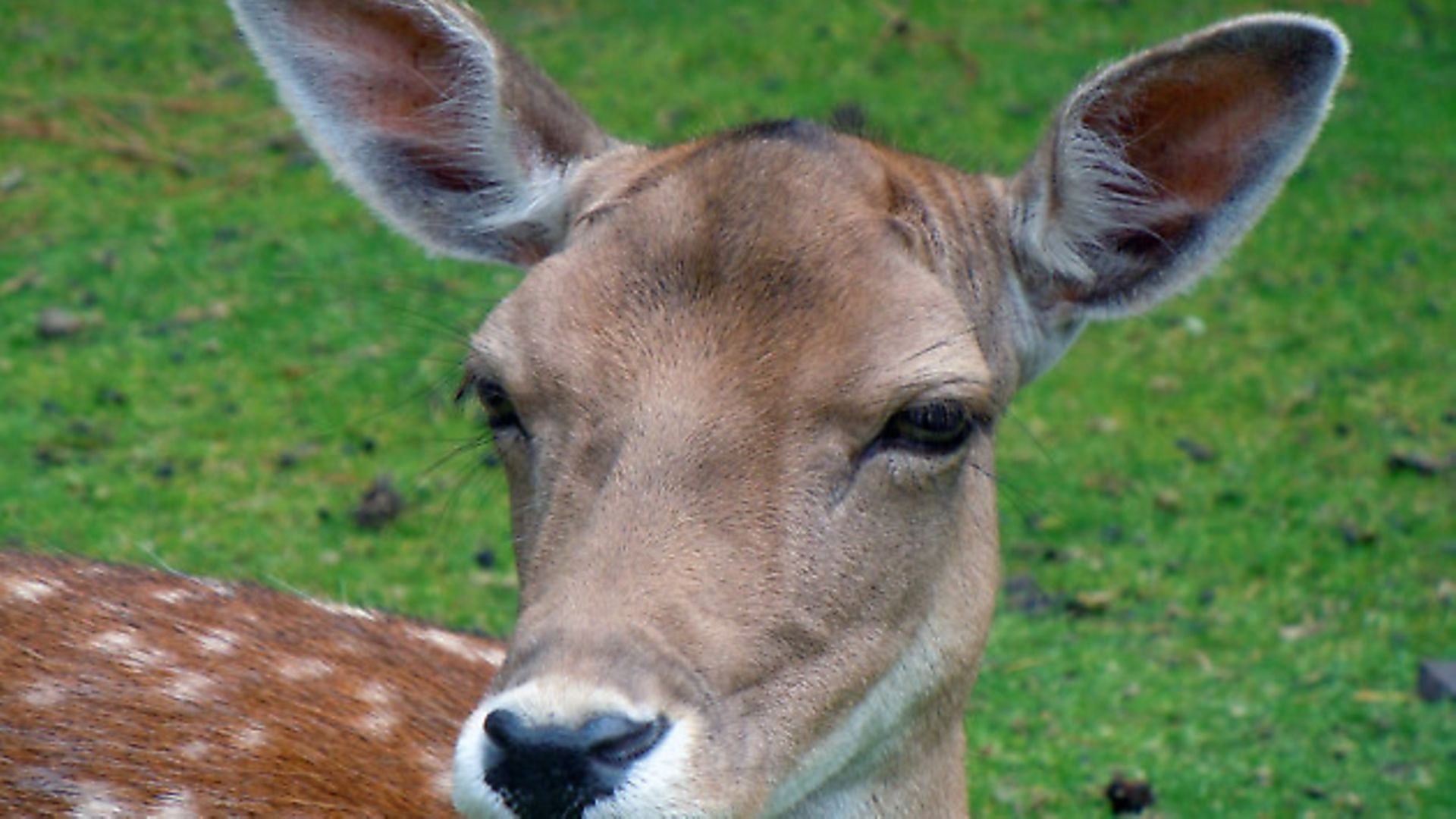 credit: Archant
credit: Archant